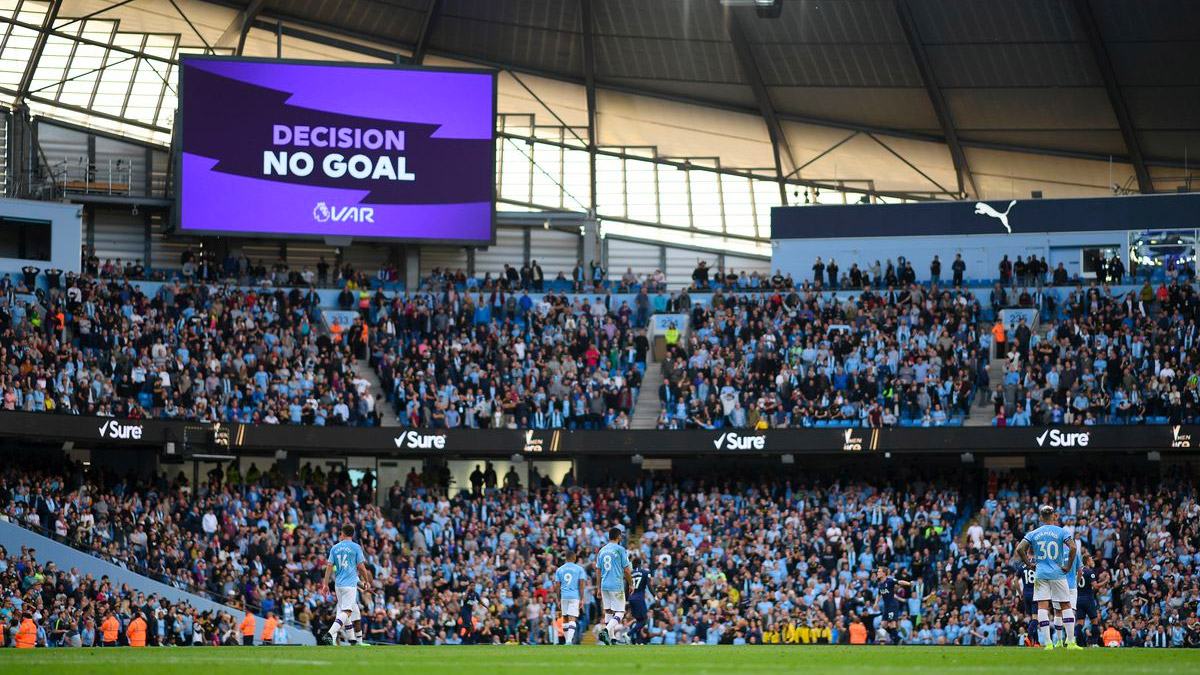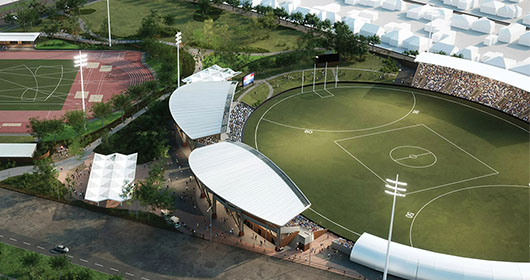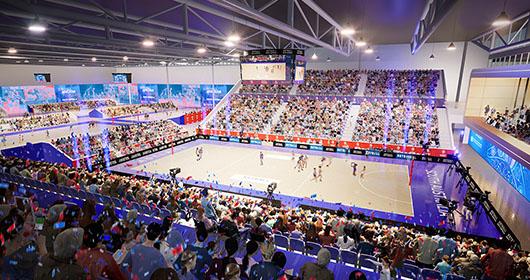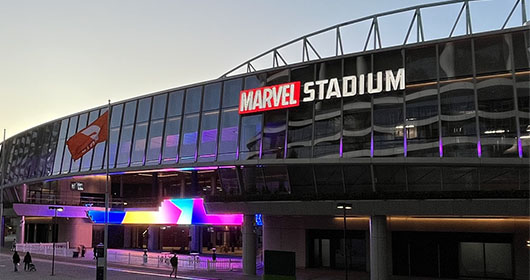Technology is Changing Sport, but is it for Better, or for Worse?

Sport is a battleground between associations, owners, playing/coaching staff, and fans, played in stadiums around the world. The implementation of technology in sport highlights this. Read on to find out more.
Sports feel like they can never change. That they’re too simple to change. It’s about running between two wickets. It’s about putting the ball in the back of the net. It’s about hitting the highest value target. The truth is that they are simple and constantly simplified. It is really about putting the ball in the back of the net. However, of course, on-field play, in-action play will always be subject to influence. Technology, in recent years, has highlighted this fact. The rate of development of devices and techniques that can affect sport has been intense, which has further pushed all that has been traditional to an edge where fans have become divided.
Analytical Tools
Thanks to sport becoming ever more accessible on a global scale, more money has come in and more conversations are had. Sport is a commodity. As such, analysis of on-field and off-field events happen on a granular level. The development of computational devices have further established this practice, as more and more data can be processed and made manageable.
Yes, this has affected on-field play. Billy Beane pioneered what has become known as “moneyball,” where value is extracted from the margins – bargain-bucket players are turned into essential cogs and previously minor strategies become focal. His techniques and philosophies have been translated to basketball and soccer – Daryl Morey’s Houston Rockets and Matthew Benham’s Brentford, for example.
Matthew Benham is an important point of focus. He was a physicist and moved around jobs in the 90s before becoming a trader at a betting company. After a fallout with his boss, Tony Bloom, he went on to gamble professionally. Using his analytic background, he built models which helped him bet sensibly and win big. He was very successful and founded two gambling companies himself, one betting site and one a betting consultancy firm.
All this experience has helped him as a football club owner (he owns Brentford FC and is a majority shareholder in Midtjylland FC), using Billy-Beane like methods to alter the infrastructure of the clubs – where play recruitment isn’t just about satisfying performance indicators but, also, that they must be of the right character, to mesh with the wider culture of the club – and the on-field play, where his team play huge emphasis on set-pieces.
These kinds of analytical capabilities extend beyond the boardrooms and training pitches to those at home, the armchair fans. Plenty of them have access to tools, or develop them for themselves, which, when paired with publicly available data, enable them to better assess patterns and trends. This they then apply to their own actions concerning their fantasy teams or at sports betting sites, for instance, which they may have found by comparing bookmakers at OLBG - the need to make the correct call and decision is ingrained in our culture, and data (numerical or written) is important to that such processes. Their insights can be shared via social media to like-minded individuals and their research can be discussed and improved.
Virtual Reality
To move us further towards the fans, we cannot discount how sport is experienced. TV cameras have been, arguably, the piece of technology which has had the most influence of sport in general. It has sky-rocketed investor and consumer interest, which in turn has blown apart what was previously expected of sport, rightly or wrongly.
TV cameras provide an experience, at its most basic level. Those that couldn’t be present at the match or event could still witness it, feel it. This is the same today as it was in the late 1930s when matches were first televised.
VR offers spectators a chance to further immerse themselves in a sporting event. With its successful implementation in casino games, where there is a sense of community as others at home with their headsets on sit around a virtual table as the cards of dealt, it is likely that sports fans won’t feel like they’re there, at an event, witnessing a match and the crowd, but are part of a crowd, the crowd.
They won’t feel that they’re somehow floating between being part of the audience there and not there; they may be able to “see” fan’s avatars in designated VR sections, for instance. Critics will comment, of course, just as they did and do with those who watch on their TV, but, as per always, could this be another way for fans to have valuable experiences at sporting events?
Video Replays for Referees and Officials
Let’s end with a piece of technology which has fundamentally altered the tempo and result of many sports as well as the experience for fans: instant replays for referees and officials. Rugby league, union, Australian football, cricket, soccer, basketball, American football, baseball, tennis, motorsports – all these sports use it. Some have had it longer than others.
The NFL voted on video replays in 1986 with the third play of the game between the Chicago Bears and the Cleveland Browns being the first case the technology was used, before franchise owners voted against it in 1991, citing the delays in the games and the unreliability of official calls – though, it later returned with continual amendments and adjustments and finally became a permanent feature of the sport on in 2007.
The NBA implemented it in 2002, with its depth and scope widening to the all-encompassing version it has today. Sports, during the 90s and 00s – the NFL was an early, outlying adopter – limited its use to determining whether or not a score was valid. This leant itself favourable to some more than others.
Soccer began using Hawk-Eye technology in 2012. It was placed on goal-lines in stadiums in every league that adopted it – from Anfield in the English Premier League to Central Coast Stadium in the A-League – and helped referees judge whether the whole ball went over the line and if it was a goal or not. It was largely successful and well-received, despite many fans falling victim to marginal calls where a ball had one-millimetre covering the line. In 2018, video assistant referees were written into the law of the game by the International Football Association Board.
Its premise was to interfere with the game as little as possible, only being called upon to correct “clear and obvious mistakes” and “serious missed incidents”. Since then, fans, players, and managers have bemoaned it. As with the NFL, the game is slowed down and there are inconsistent and unreliable calls. The beauty of the game is being sapped, they say, when elaborate and high-quality plays which result in a goal are chalked off for unseen offsides, handballs, and fans.
It’s important to note that those who point at the technology probably mean to point at the rules. Soccer’s interpretable laws have long created vast issues, where across a weekend of games a similar play could resolve in different ways. The laws of the game itself need to change. Or everyone who loves the sport needs to accept mistakes can happen, whether the technology is removed or not, despite the cost of mistakes, which can be in the millions.
Technology will always progress and there will be attempts to implement it in sports. Fans will be alienated, and fans will be enthralled. Sport is not an exception to the rule of life.




